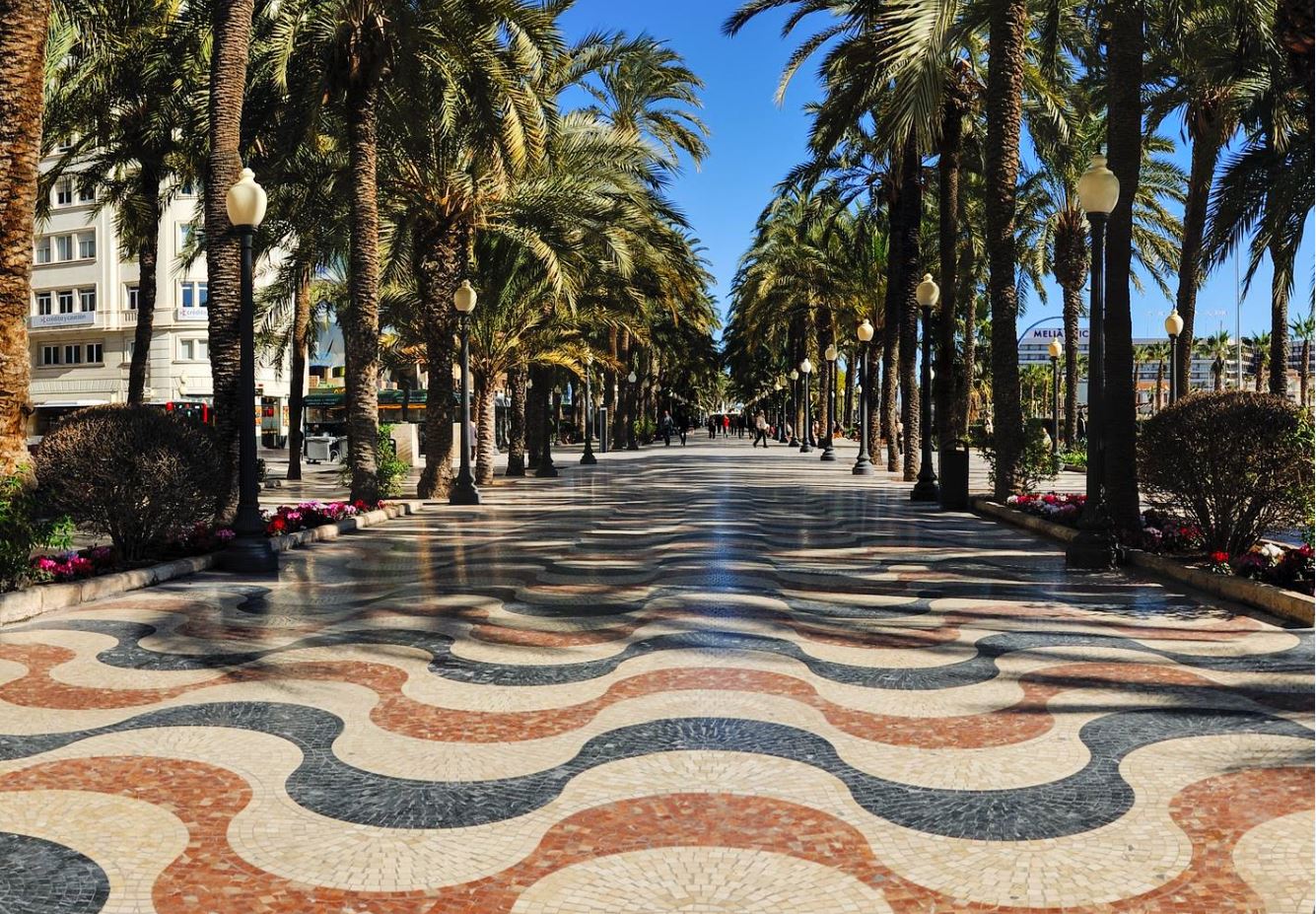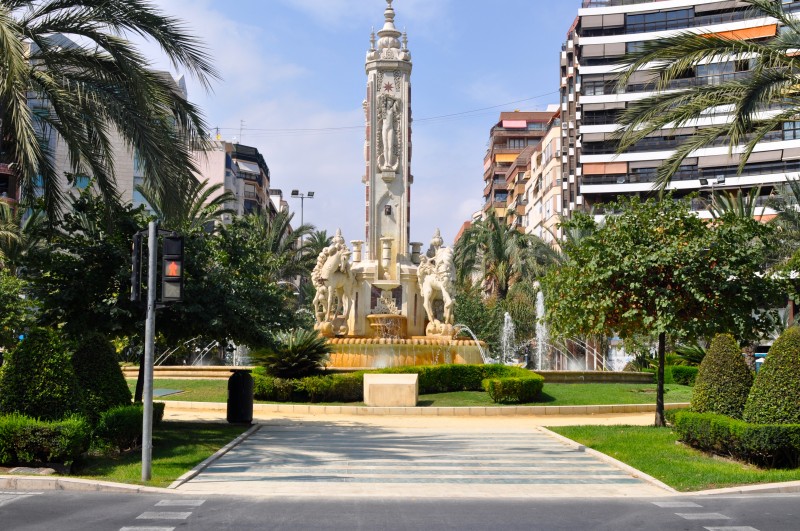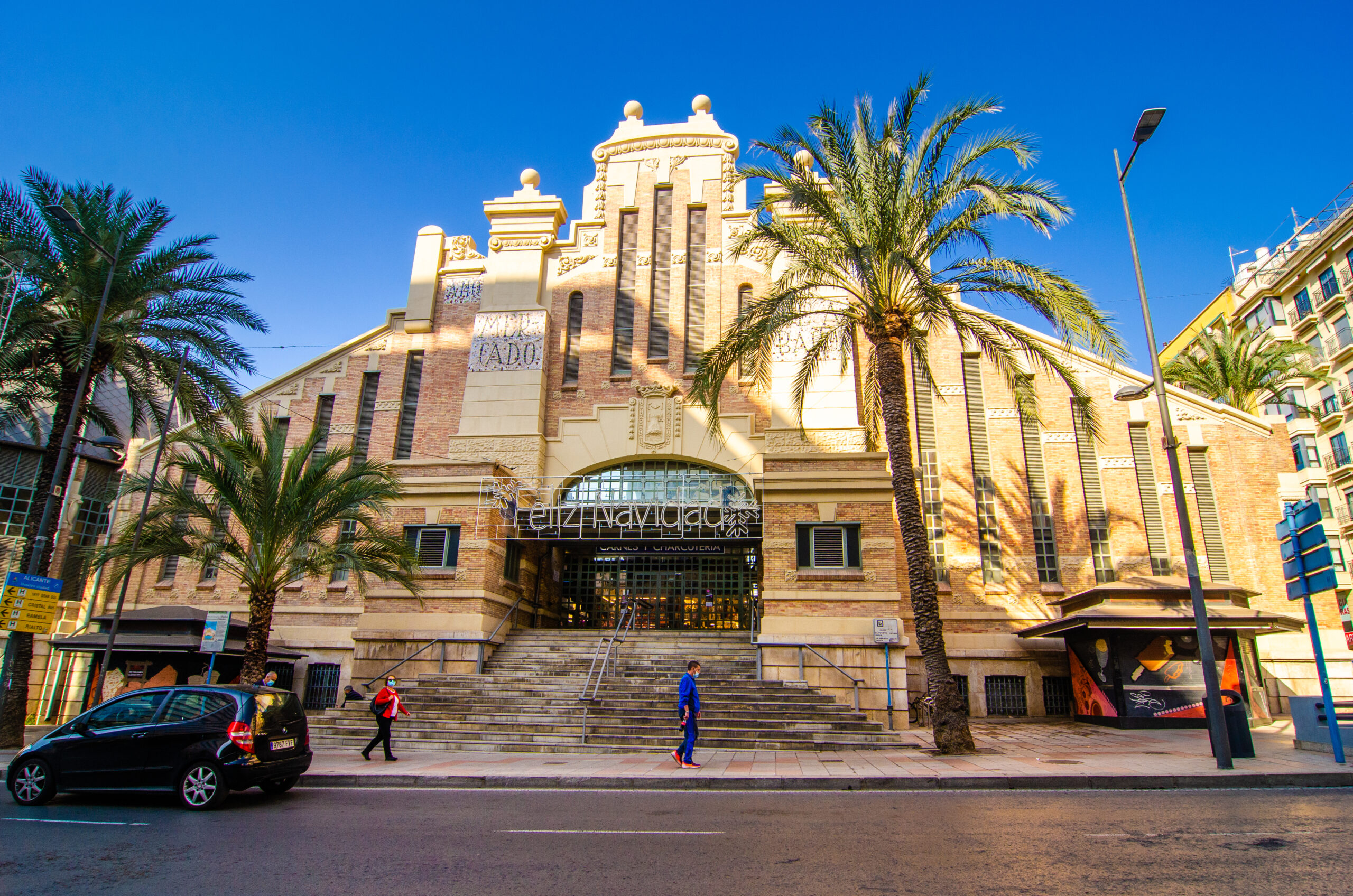Alicante, a beautiful coastal city on Spain's Costa Blanca, is renowned for its sandy beaches, vibrant culture, and historical significance. From ancient castles to historic plazas, Alicante offers an abundance of rich heritage and timeless beauty. Whether you're a history enthusiast or simply a traveler looking to explore something beyond the beaches, here are the top 10 must-visit interesting places in Alicante.
1. Castle of Santa Barbara
Perched high above the city on Mount Benacantil, the Castle of Santa Barbara is Alicante’s most iconic landmark. Dating back to the 9th century, this fortress has witnessed the city's transformation over centuries, playing a pivotal role in the region's defense. Visitors can enjoy panoramic views of Alicante and the Mediterranean Sea while exploring the castle's ancient towers, dungeons, and museums. The castle is also home to exhibitions showcasing medieval armor, artifacts, and the city’s history.
2. Basilica of Santa Maria
A short walk from the Castle of Santa Barbara leads to the Basilica of Santa Maria, Alicante’s oldest church. Built on the foundations of a former mosque in the 14th century, the basilica blends Gothic and Baroque architecture. The intricately carved Baroque façade and the elegant Gothic interior make it a true masterpiece. Inside, visitors can admire the beautiful altarpiece and several religious artworks.
3. Explanada de España
The Explanada de España is one of Alicante’s most emblematic promenades, stretching along the harbor. While not ancient, it holds historical importance as a meeting point for both locals and visitors. The wavy mosaic tiles, designed to resemble the Mediterranean Sea, create a mesmerizing visual effect. Lined with palm trees, the promenade is the perfect place to soak up Alicante’s ambiance while enjoying views of the sea and nearby historical buildings.
4. Lucentum Archaeological Site
For a glimpse into Alicante’s Roman past, visit the Lucentum Archaeological Site, located in the neighborhood of Albufereta. This ancient Roman settlement dates back to the 4th century BC and is one of the most important archaeological sites in the region. Visitors can explore the ruins of homes, streets, and public baths, as well as learn about Roman Alicante at the onsite museum.
5. San Nicolas Co-Cathedral
The San Nicolas Co-Cathedral, a stunning example of Renaissance and Baroque architecture, is another important religious site in Alicante. Originally built in the 17th century, the cathedral’s most striking feature is its blue dome, which is visible from various points in the city. The interior is equally impressive, featuring a tranquil courtyard and an ornate Baroque chapel. The church remains an active place of worship, adding to its spiritual and historical significance.
6. Plaza de los Luceros
The Plaza de los Luceros is the most famous square in Alicante, known for its central monument featuring four horses representing the seasons. This bustling plaza is not just a traffic hub but also the focal point for Alicante’s local festivals, including the renowned Hogueras de San Juan celebration. The plaza’s historical relevance and vibrant energy make it a must-visit location, offering insight into Alicante's modern and cultural evolution.
7. Tabarca Island
Just off the coast of Alicante, Tabarca Island is a small but historically rich destination. It was once a pirate hideout and later became a fortified town to protect against invasions. Today, Tabarca is a popular spot for day trips, where visitors can explore its old walls, churches, and cobbled streets. The island's historic charm, combined with beautiful coves and crystal-clear waters, offers a perfect mix of history and natural beauty.
8. Alicante’s Old Town (El Barrio)
El Barrio, Alicante’s old town, is a treasure trove of history and culture. This labyrinth of narrow, winding streets is filled with traditional whitewashed buildings, each telling a story of the city’s Moorish past. Walking through El Barrio, you'll find historic landmarks like the Ermita de Santa Cruz and numerous small squares where life seems to slow down. The vibrant colors and atmosphere make it one of the most charming areas to explore in Alicante.
9. Central Market of Alicante
The Mercado Central de Alicante is not just a place to buy fresh produce—it's a historical landmark that has been an integral part of the city since its opening in 1921. The building itself is an architectural marvel, combining Art Deco and Valencian styles. Inside, visitors can experience the daily life of Alicante residents while marveling at the market’s bustling activity. It's a living slice of Alicante’s history, where food, culture, and tradition intersect.
10. La Lonja de Alicante
La Lonja de Alicante is a beautifully restored building that was originally used as a fish market during the 19th century. Today, it functions as a cultural center and exhibition space, hosting art exhibitions, performances, and cultural events throughout the year. The neoclassical architecture and historical significance of La Lonja make it a worthwhile stop for anyone interested in Alicante’s maritime heritage and evolving cultural scene.
Alicante offers a unique blend of ancient history and modern life, with landmarks that tell the story of its evolution from a strategic Mediterranean port to a thriving, modern city. From Moorish castles and Roman ruins to bustling markets and plazas, the historical landmarks of Alicante provide an enriching experience for every traveler. Be sure to visit these top 10 sites to immerse yourself in the history and culture that makes Alicante such a fascinating destination.
 Subscribe to articles from the science category via RSS or ATOM
Subscribe to articles from the science category via RSS or ATOM
Comments